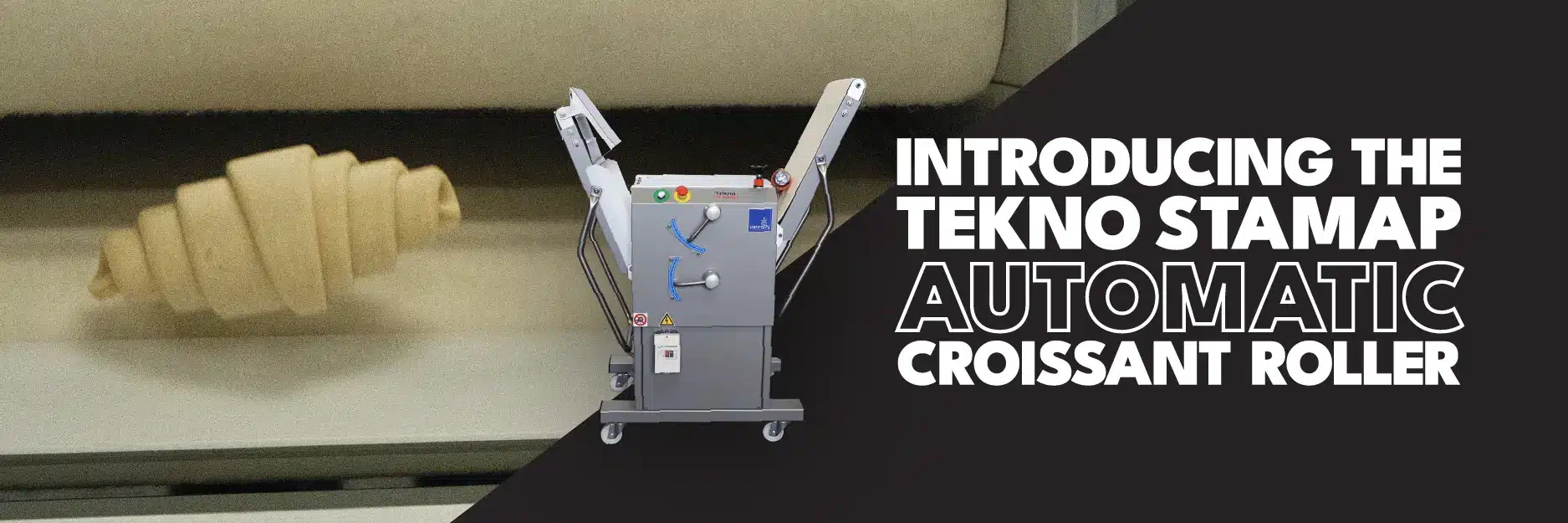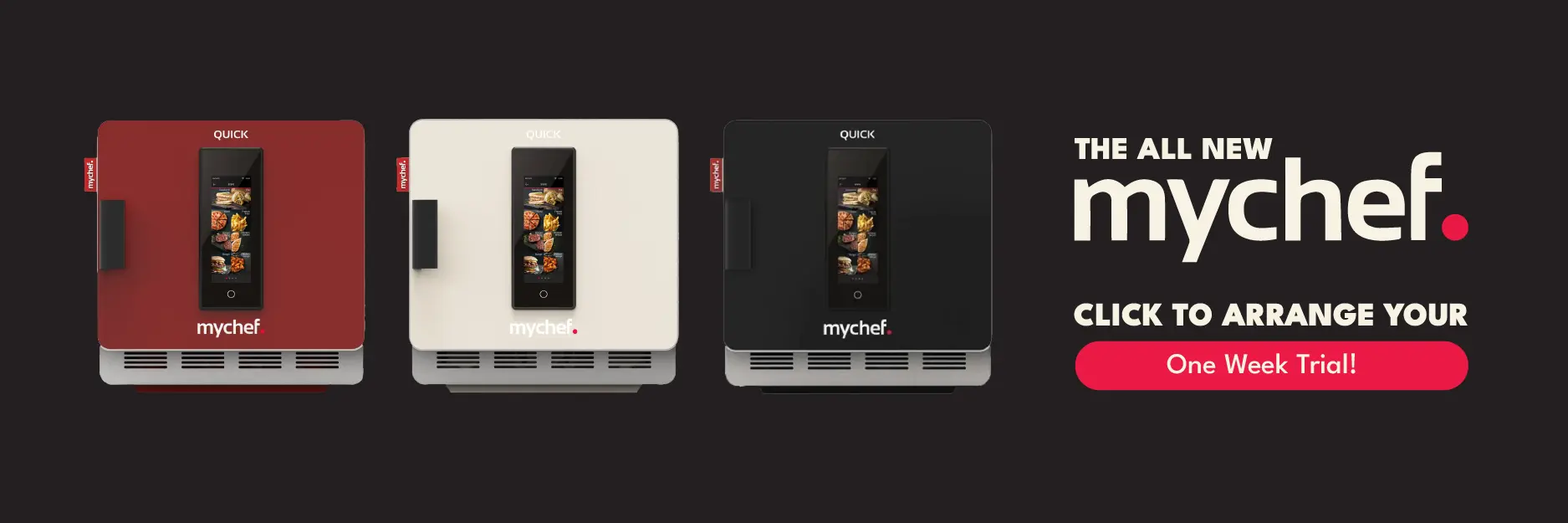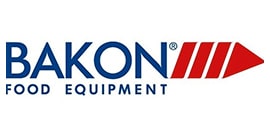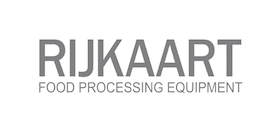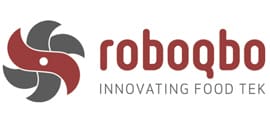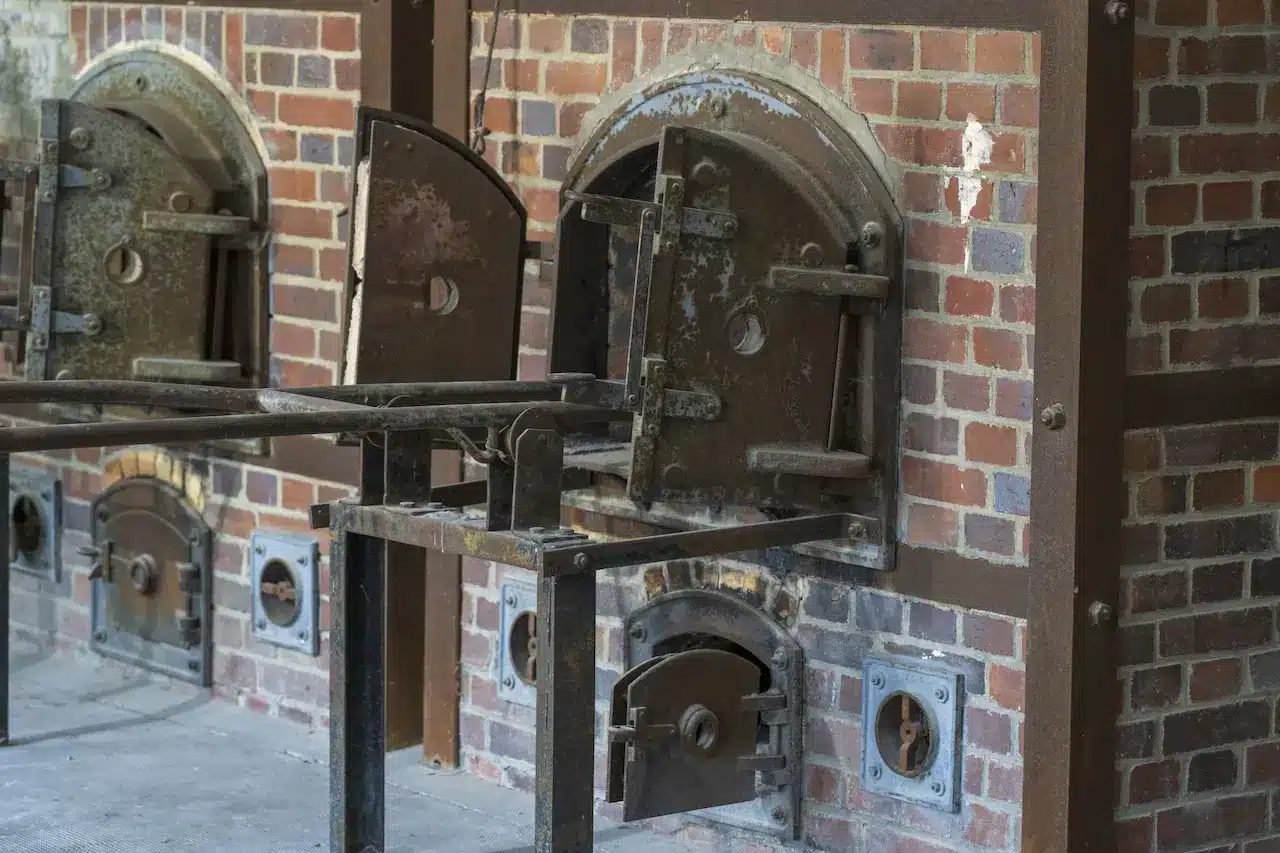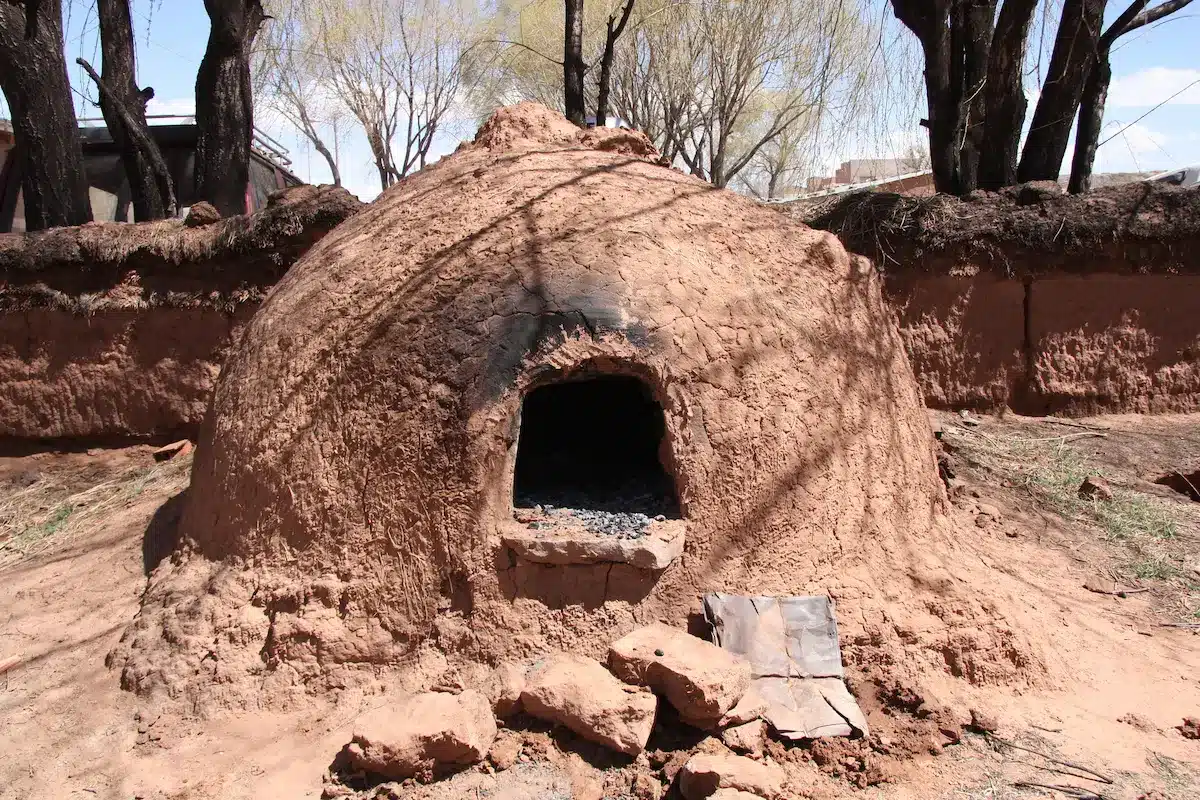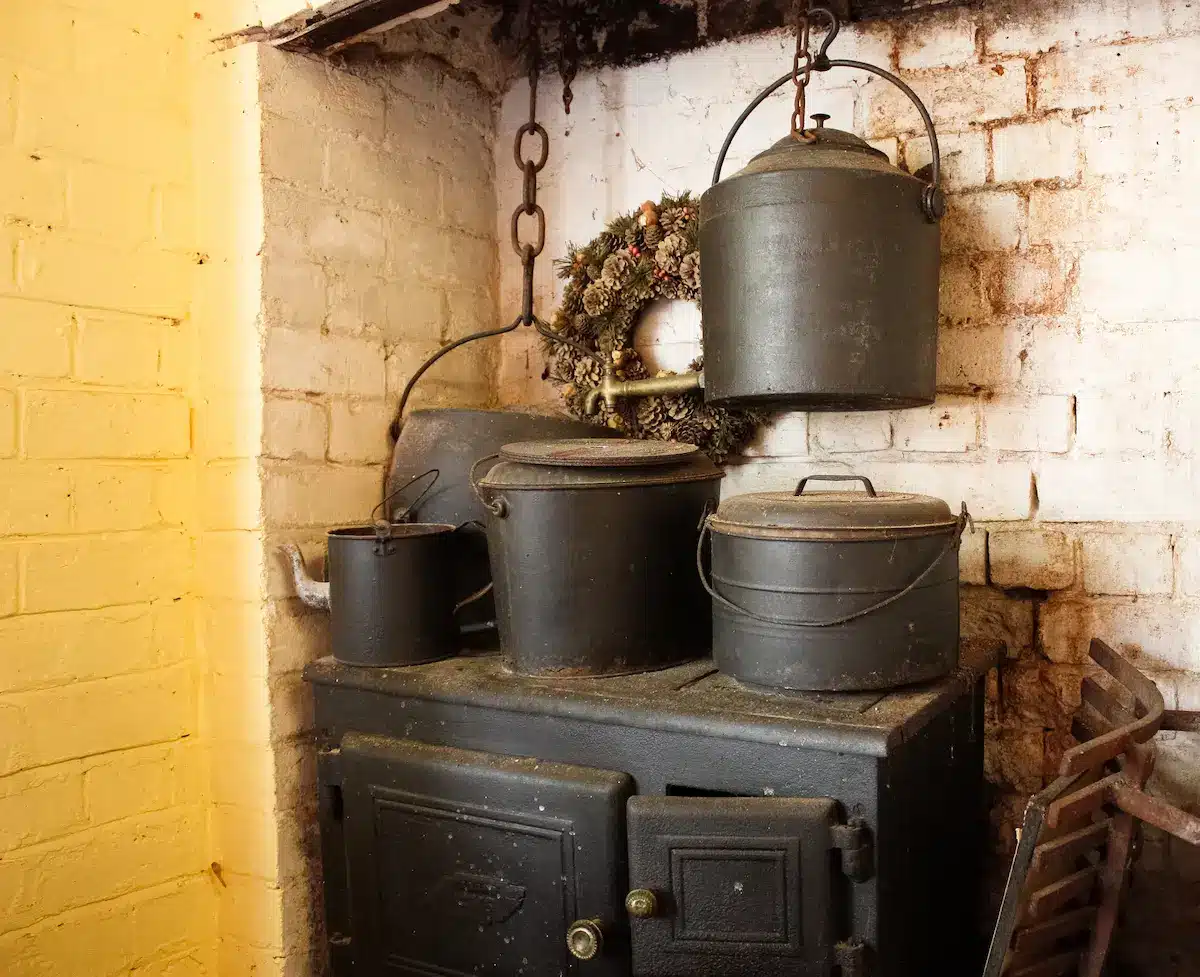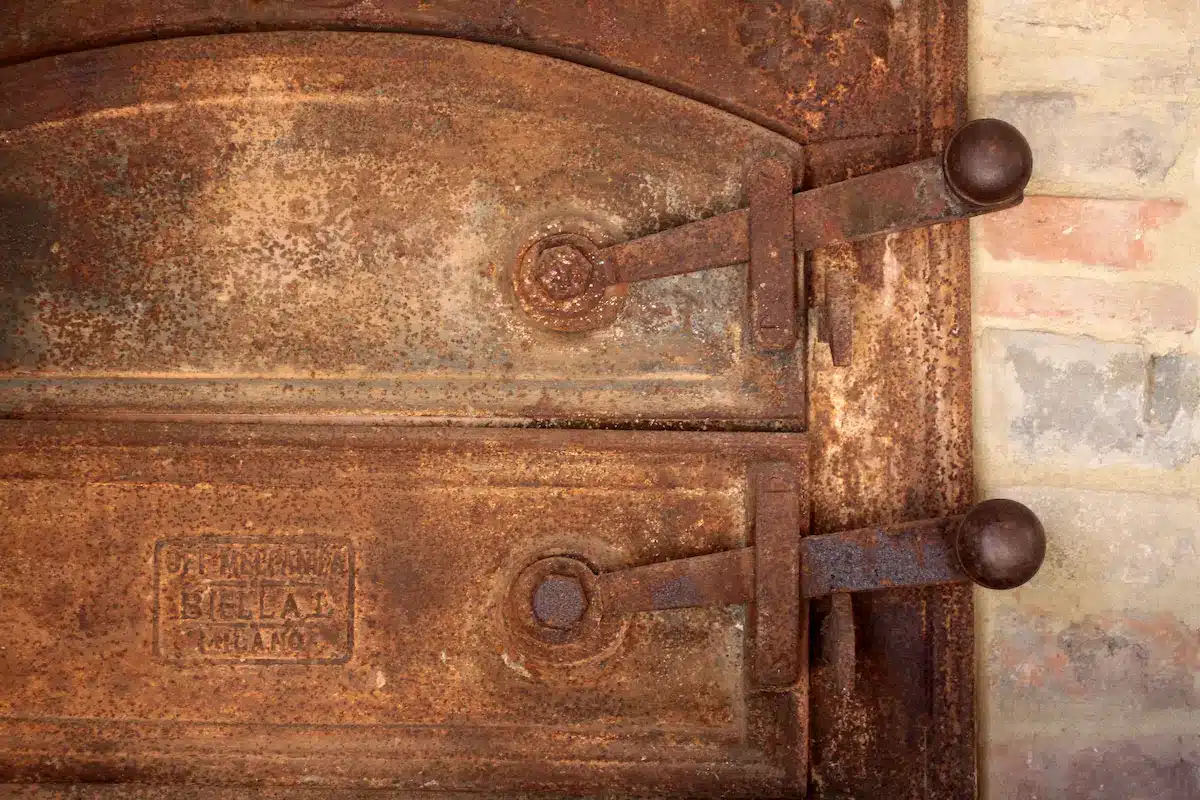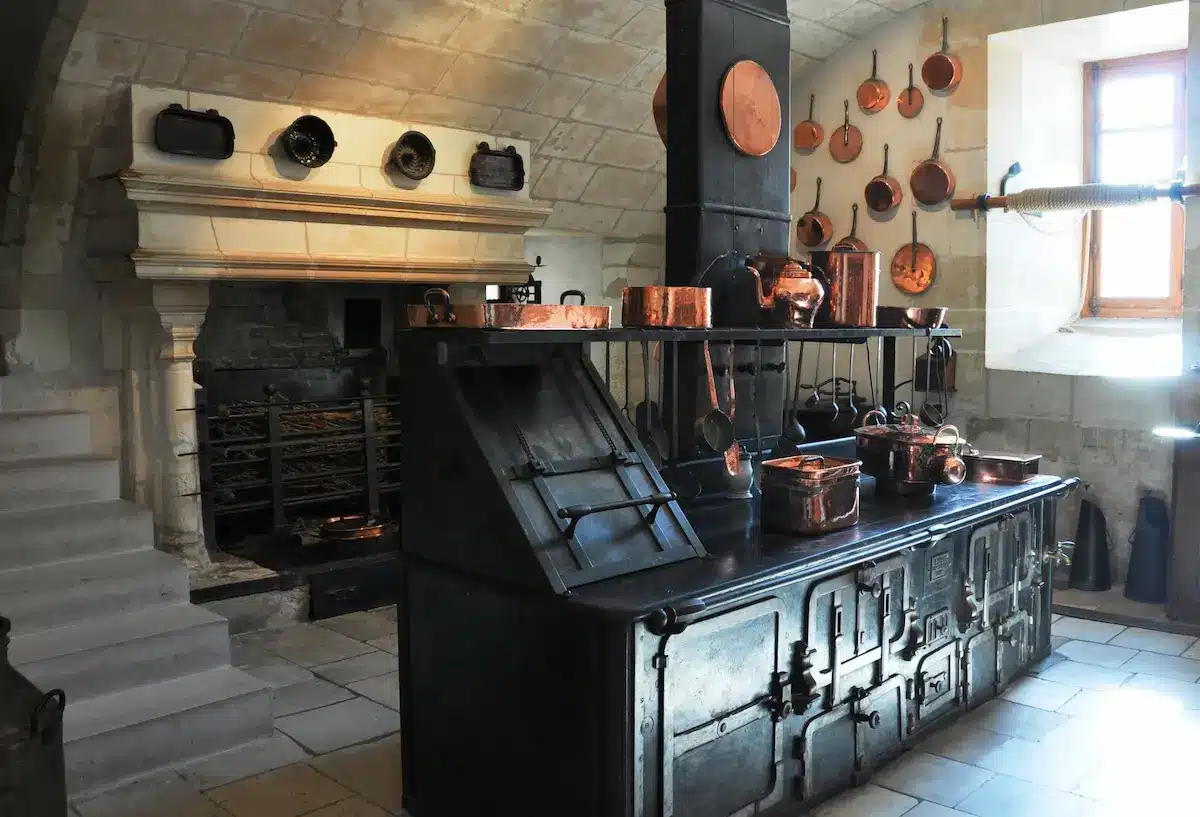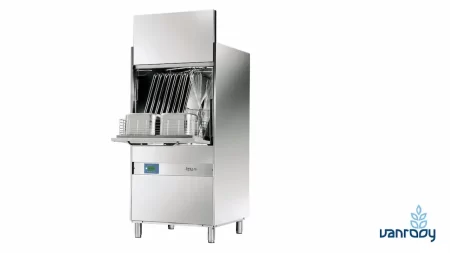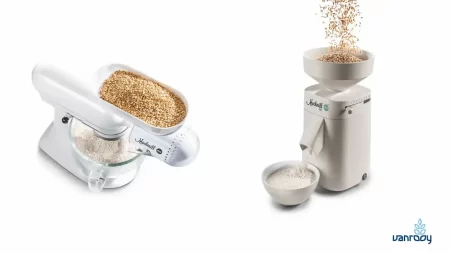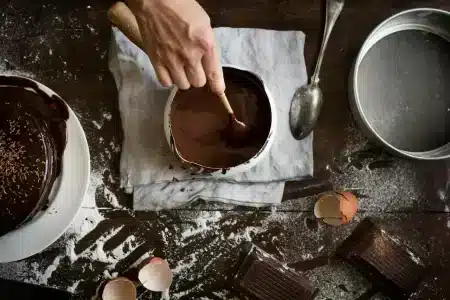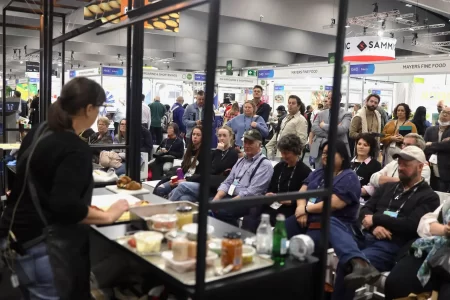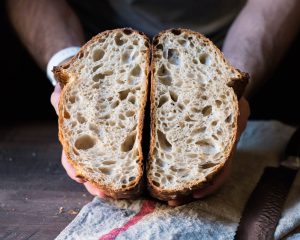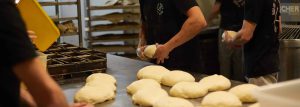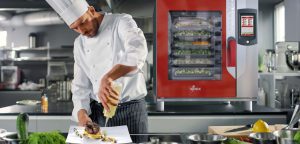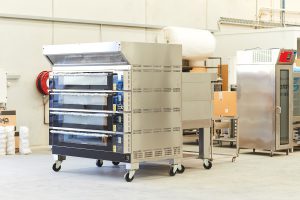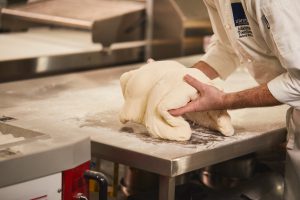The History Of Ovens: An Evolution Of Cooking Appliances
The development of ovens has significantly transformed food preparation over centuries. From ancient wood-fired hearths to the precision of modern electric appliances, ovens have evolved alongside human civilisation. The earliest form of ovens can be traced back to the cooking methods of our ancestors, who used simple pits to contain fire and heat. As communities settled and technology advanced, so too did the design and function of these essential cooking tools.
The 19th century marked a pivotal era with the creation of gas and electric ovens. In the 1800s, gas ovens provided a new convenience with controllable flame, and by the end of the century, electric ovens began to emerge, introducing a way to cook without an open flame. Innovations such as temperature control using thermostats arrived early in the 20th century, signifying a leap in culinary precision and safety.
While the fundamental purpose of ovens has remained the same—to cook food with heat—the methods have become more diverse, ranging from convection and microwave to fan-forced and steam. The advancement of this kitchen staple reflects the ever-increasing sophistication of cooking techniques and the importance of convenience, efficiency, and safety in domestic life.
Origins and Early Developments
Exploring the history of ovens reveals a journey from primal open fires to the sophisticated cooking technologies we use today.
Ancient Cooking Methods
Human civilisation has a long association with cooking, where the initial methods involved open fires. A significant discovery in Ukraine, dating as far back as 29,000 years ago, demonstrates the use of mammoth remains to create structures possibly used for burning wood and cooking. Across different regions, Indus Valley civilisations and others used clay and stone to construct simple ovens.
- Material Used: Clay, stone
- Primary Fuel: Wood
- Common Use: Cooking bread and other foods
These early ovens were central to communal life, providing a source of heat and a means to prepare food, reducing smoke and ashes compared to open fires.
Advancements in Europe Middle Ages
By the Middle Ages in Europe, more advanced ovens were developed from brick and stone to improve the efficiency of cooking methods. Brick ovens with chimneys became prevalent, aiding in better smoke management and providing a more controlled environment for cooking. These ovens were often larger structures within communities, highlighting the oven as an important social and communal hub.
- Construction: Brick and stone
- Enhancements: Chimneys for smoke management
- Social Aspect: Communal usage for baking bread and other foods
The control provided by enclosed spaces signalled the beginning of modern oven design, where temperature and smoke were regulated to create consistent cooking conditions.
Industrial Revolution and Technological Innovations
The advent of the Industrial Revolution marked significant advancements in oven technology with the introduction of iron stoves and the emergence of gas and electric ovens, revolutionising culinary practices and baking processes.
The First Patented Ovens
During the 19th century, inventors capitalised on the growing availability of iron due to the Industrial Revolution. Coal ovens and iron stoves replaced open hearths in many homes, with iron stoves being more efficient and affording better heat control. The first cast iron stoves, with their compact size, made their appearance in Central Europe and soon spread in popularity due to their functionality in cooking and heating.
Gas and Electric Breakthroughs
The evolution of cooking technology was further accelerated with the introduction of gas ovens. The British inventor James Sharp received a patent for his gas oven in 1826, paving the way for widespread domestic use. By the late 19th century, gas ovens featured thermostats, improving temperature control and reliability.
Parallel to the development of gas ovens was the advent of the electric oven. In the late 19th century, the application of electricity for heating marked a pivotal development. Canadian inventor William Hadaway was issued a patent for an electric oven in 1896. The Aga cooker, designed by Swedish Nobel laureate Gustaf Dalén, later emerged as an iconic design, valued for its constant heat and enamel coating.
As these ovens gained popularity, they significantly influenced the culinary world, enhancing baking and other cooking technologies.
Modern Oven Technologies and Design
The evolution of ovens has introduced a range of advanced technologies greatly improving convenience, efficiency, and cooking results in modern kitchens.
High-Speed Ovens
High-speed ovens combine several cooking technologies, including convection, microwave, and sometimes infrared heating, to dramatically reduce cooking times. This fusion of heat sources allows for the preparation of foods traditionally cooked in a conventional oven in a fraction of the time, without compromising on quality.
Convection Ovens
A convection oven utilises a fan to circulate hot air around the food, resulting in consistent and even cooking temperatures. This method ensures faster cooking and is especially beneficial for baking where uniform heat distribution is key. Modern convection ovens may also have additional features like steam injection to maintain moisture while cooking.
Pizza Ovens
Modern pizza ovens, particularly those designed for commercial use, vary greatly to include deck, conveyor, and convection styles. High-end models aim to replicate the heat distribution of traditional wood-fired ovens, using advanced materials and designs to maintain high temperatures for a perfectly crisped base and evenly melted toppings.
Bread Ovens
Contemporary bread ovens often offer controlled steam injection, which is crucial for creating a crisp crust and allowing the dough to expand fully during the initial phase of baking. Moreover, today’s bread ovens typically feature improved insulation and temperature controls to accommodate the delicate nuances of bread baking.
Cultural and Global Impact
Ovens have influenced cooking practices, social structures, and cultural exchange worldwide.
Ovens in the Social Fabric
Ovens became central to the social structure within communities as communal ovens served as gathering places for baking bread. The communal oven tradition, dating back centuries, particularly thrived in Europe and the Middle East. Bread, a staple in numerous societies, was often baked in these communal spaces, reinforcing ties within the community and underscoring the oven’s role in social cohesion.
In addition to communal bonding, the domestic oven began to alter kitchen dynamics and gender roles. As ovens moved into individual households, they became integral to the home cooking environment, often affecting the division of labour within the family and shaping the familial unit’s daily routines.
Global Spread and Variations
- Spread of Oven Technology:
- Ancient innovations: Clay and stone ovens originating from early civilisations.
- Gas ovens in the 1800s: Increased control over fire and cooking.
- Electric ovens: Further democratising the cooking process.
- Culinary Contributions:
- Bread: Different types of ovens impacted bread baking, with variations in crust and crumb.
- Pizza: Brick ovens have been pivotal in pizza’s culinary heritage, providing the high temperatures needed for the signature crust.
- Cakes and Pastries: Ovens allowed for refined baking, contributing to the rich tradition of pastries and cakes.
Through advancements in oven technology, a range of fuel sources have been utilised, from wood and charcoal to gas and electricity. This evolution influenced not only the taste and texture of the cooked food but also addressed practical considerations like fuel efficiency and kitchen safety. The adoption of different oven types around the globe has led to an array of culinary techniques and regional dishes, showcasing the oven’s significant contribution to the diversity of the culinary world.
Future Trends and Sustainable Practices
The evolution of kitchen appliances, particularly ovens, reflects a conscious shift towards energy efficiency and sustainable solutions. Modern ovens are embracing innovation, with features designed for convenience and eco-friendliness.
Energy Efficiency: Manufacturers are focusing on reducing carbon footprints by improving the energy efficiency of ovens. This includes the implementation of better insulation and more effective cooking technologies that use less energy.
- Convection cooking reduces cook times and temperature settings.
- Self-cleaning functions use high heat to reduce the need for chemical cleaners.
Sustainable Materials: The construction of ovens is seeing a shift towards more sustainable materials. Recycled or renewable sources are gaining precedence.
Smart Technology Integration: Future ovens are expected to integrate with smart home systems, offering remote control and monitoring for enhanced convenience. They may include:
- Automated cooking cycles
- Remote diagnostics to help with energy management
Innovation in Building Standards: Bakeries are setting the trend by adopting LEED green energy standards. These encourage the use of renewable energy sources and aim to reduce waste and emissions during production.
Kitchen Integration: Appliances of the future are being designed to work more harmoniously within the kitchen environment, both in function and form.
- Seamless design that aligns with cabinetry
- Multi-functional appliances that conserve space
The future of ovens and kitchen appliances is tightly woven with the need for sustainable practices, reflecting a rising awareness about environmental impact and the need for responsible energy use.
To discuss your commercial oven needs, contact our friendly team today.

